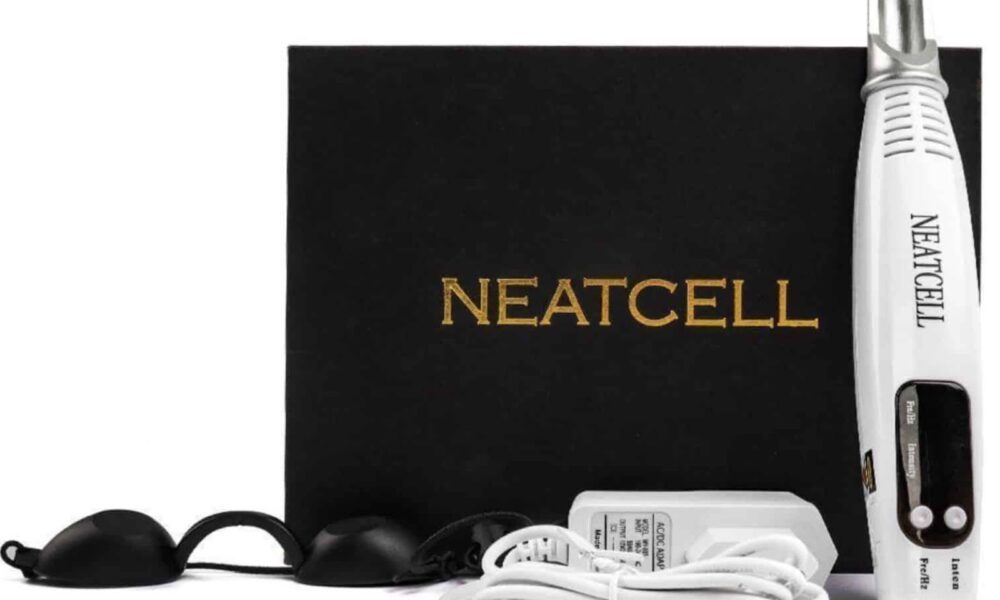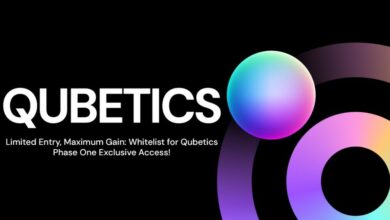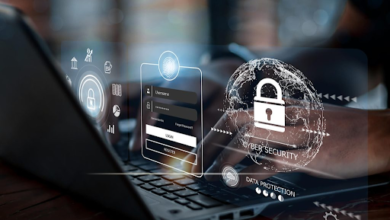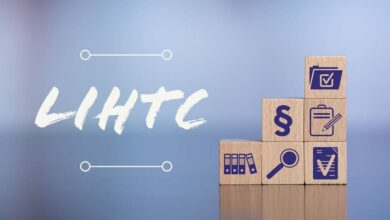NEATCELL Reviews: Legit Tattoo Removal Device?

If you’re like me, you probably got some ink that you thought was dope back in the day, but now you’re looking to clean up your canvas. I got a bunch of tats, and while I love most of them, there were a few that just didn’t vibe with my style anymore. So, I decided to give the NEATCELL Picosecond Laser Pen a shot, and let me tell you, it was a game-changer.
I was skeptical at first, thinking, “How can this little device do what those big, expensive machines at the clinic do?” But after a few sessions, I started seeing some serious results. My old, faded tattoos began to lighten up, and I could see my skin coming back to life. The best part? I didn’t have to drop a ton of cash or spend hours in a clinic. I could do it all from the comfort of my crib.
In this review, I’m gonna break down what the NEATCELL Picosecond Laser Pen is, how it works, and how you can use it to get rid of those unwanted tats. Trust me, if you’re looking to say goodbye to some old ink, this pen might just be your new best friend. Let’s get into it!
What is NEATCELL Laser Pen?
The NEATCELL Laser Pen is a handheld device designed for at-home tattoo removal, pigment removal, and skin rejuvenation. It utilizes picosecond laser technology, which delivers extremely short pulses of laser energy to the skin, measured in picoseconds (one trillionth of a second).
The pen is available in two versions: a red light version for treating black ink tattoos, and a blue light version for treating colored tattoos and pigmented lesions. Both versions claim to effectively break down ink particles and melanin deposits in the skin, promoting their natural removal by the body’s immune system.
How Does It Work?
The picosecond laser pen works by emitting short pulses of laser energy that are absorbed by the pigment in the skin, causing it to break down into smaller particles. This process is known as photomechanical disruption.
The laser pulses are incredibly brief, lasting only picoseconds (one trillionth of a second), which allows for precise targeting of the pigment with minimal heat transfer to the surrounding skin tissue. This reduces the risk of side effects like scarring and hyperpigmentation compared to traditional laser treatments.
The red light version of the pen uses a 755nm wavelength that targets the pigment in darker colors like black and blue, while the blue light version uses a 532nm wavelength that targets red, orange, and yellow pigments. This versatility allows the pen to treat a range of tattoo colors and pigmented lesions.
How to Use NEATCELL Pen
- Cleanse and Dry the Skin: Clean the treatment area with a gentle cleanser and dry it thoroughly with a clean cotton pad.
- Wear Protective Goggles: It is crucial to wear the provided protective goggles to shield your eyes from the laser light during treatment.
- Plug in and Turn on the Pen: Connect the pen to a power source and turn it on. The digital screen will display the frequency and intensity settings.
- Select Intensity and Frequency: Press the “Inten” and “Fre/Hz” buttons to adjust the intensity and frequency settings. It is recommended to start at the lowest settings and gradually increase as needed.
- Begin Treatment: Place the laser tip close to the skin, but avoid direct contact. Press the button to deliver a pulse of laser energy, then move the tip slightly, overlapping with the previous spot. Repeat this process until you have covered the entire treatment area.
- Aftercare: Apply a soothing cream or serum to the treated area after the session. Avoid sun exposure for at least 24 hours.
It is important to follow the instructions carefully, start at the lowest settings, and never hold the laser tip in one spot for more than 1-2 seconds to prevent burns or skin damage. Multiple treatment sessions, typically spaced 4-6 weeks apart, may be required for optimal results.
The Pros and Cons of NEATCELL Pen
Pros
- Cost-Effective: The NEATCELL Picosecond Laser Pen is significantly cheaper than professional laser treatments, which can cost thousands of dollars per session.
- Convenience: It allows users to perform treatments at home, saving time and the hassle of scheduling appointments at a clinic.
- Versatility: The pen can be used for various skin issues, including tattoo removal, acne scars, age spots, freckles, and wrinkles.
- Quick Results: Users have reported seeing results after a few sessions, with some tattoos and skin blemishes fading noticeably.
- Minimal Side Effects: When used correctly, the pen causes minimal side effects compared to traditional laser treatments, such as reduced risk of scarring and hyperpigmentation.
Cons
- Safety Concerns: Improper use can lead to skin damage, burns, or blisters. The blue light version, in particular, requires careful handling and protective eyewear, which is not always provided.
- Effectiveness: The effectiveness of the pen can vary widely. Some users report significant improvements, while others see little to no change.
- Lack of Professional Guidance: Without professional supervision, users may not achieve optimal results and could potentially harm their skin.
Is NEATCELL Picosecond Laser Pen Legit?
Yes, it’s legit. The NEATCELL Picosecond Laser Pen uses picosecond laser technology, which is a well-established method in dermatology for breaking down pigment particles in the skin. This technology is known for its ability to deliver ultra-short pulses of laser energy, which minimizes heat transfer to surrounding tissues and reduces the risk of side effects.
Many users have shared positive experiences with the NEATCELL Picosecond Laser Pen, noting its effectiveness in fading tattoos and improving skin conditions like acne scars and age spots.
Where to Buy NEATCELL Picosecond Laser Pen?
You can buy the NEATCELL Picosecond Laser Pen from the official NEATCELL store. That way, you won’t get fake stuff. Plus, they’re giving a discount right now, so it’s a good time to check it out before the price goes back up.




![essentials-checklist-to-start-a-dtf-printing-business:-a-closer-look-[2024]](https://portfoliopioneers.com/wp-content/uploads/2024/09/3767-essentials-checklist-to-start-a-dtf-printing-business-a-closer-look-2024-390x220.webp)
